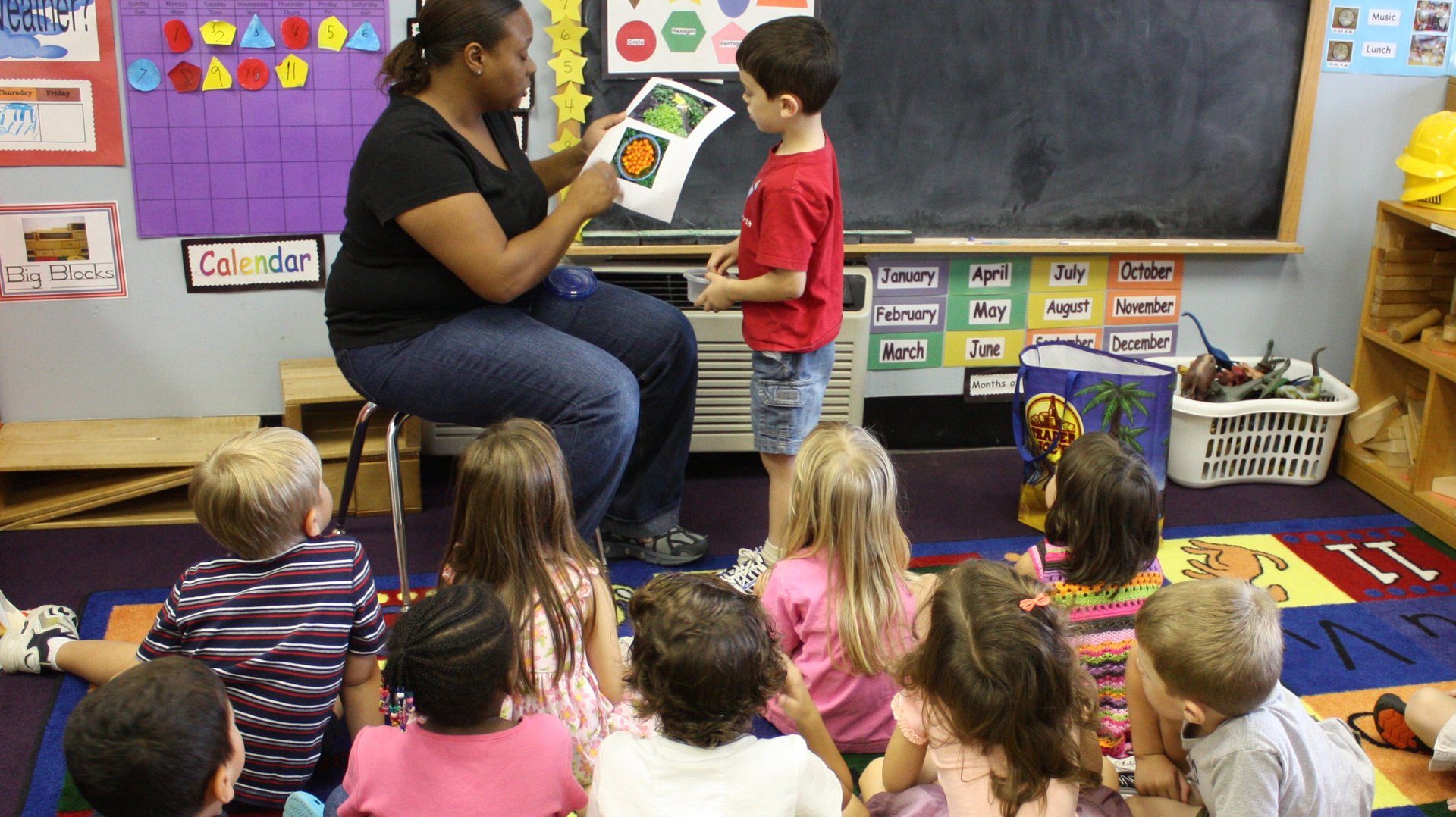American children need to stop being taught to fear the topic of race
The killing of Trayvon Martin, an unarmed African American teenager from Florida—and the jury’s subsequent acquittal of George Zimmerman, the white man who shot him. The fatal shooting of Michael Brown, an unarmed African American teenager from Ferguson, Missouri, by white policeman Darren Wilson—and the decision by a grand jury not to indict the officer. The massacre of nine African Americans by a white supremacist at a Charleston church in June 2015. These are just a sampling of violent racially charged incidents that have taken place over past three years.


The killing of Trayvon Martin, an unarmed African American teenager from Florida—and the jury’s subsequent acquittal of George Zimmerman, the white man who shot him. The fatal shooting of Michael Brown, an unarmed African American teenager from Ferguson, Missouri, by white policeman Darren Wilson—and the decision by a grand jury not to indict the officer. The massacre of nine African Americans by a white supremacist at a Charleston church in June 2015. These are just a sampling of violent racially charged incidents that have taken place over past three years.
These episodes have sparked rage, disillusionment, sorrow, resentment, and confusion. According to a New York Times/CBS News poll conducted last month, nearly six in 10 Americans, including majorities of both white and black people, think race relations in the US are generally bad, and nearly four in 10 say the situation is worsening.
Yet in spite of this awareness and introspection, our country is still incapable of a coherent, intelligent national conversation about race. Indeed, the subject of race is so sensitive and so volatile that most people are apt to avoid it altogether. Why is that?
According to our recent research, it may be because they lack practice. We have found that grade school children—be they black, latino, Asian, or white—are extremely reluctant to talk about race, even when it would be helpful in completing a task. From a very early age, kids—even minority kids—learn that even acknowledging race in public is frowned upon.
Kids take their cue from teachers and other authority figures and adopt a stance of “racial colorblindness,” which is the well intentioned—but misguided—notion that we should ignore or overlook racial and ethnic differences. In the age of political correctness, colorblindness is the prevailing standard for dealing with race. It has become a de facto policy for managing racial diversity in schools, political institutions, and the legal system; it has also become a social strategy people used to not appear racist. We pretend we don’t see color and therefore we don’t talk about it.
Many American adults have wholeheartedly bought into the idea. Among whites, the mere mention of race has become synonymous with racial prejudice. Meanwhile, many blacks and minorities shy away from raising important questions about racism so as not to be accused of “playing the race card.”
Alas, our research suggests this distressing pattern is evident in the conversations of American children, too. Our study, which involved more than a hundred black, latino, Asian and white nine to 12-year-olds from urban public elementary schools near San Francisco, California, asked participants to complete a photo identification exercise, similar to the children’s board game Guess Who? The children sat before an array of 40 color photographs of people’s faces that varied by race and gender. The experimenter—an adult who mirrored the gender and racial demographics of the teachers in their schools—told the kids that the goal of the task was to correctly identify a single target photo by asking as few yes or no questions as possible.
One of the quickest ways to arrive at the correct answer is to ask whether the face in question is black, thereby eliminating about half the other faces. But we found participants were very hesitant to do this. Overall, the odds of children mentioning race were four times lower than mentioning gender, despite the fact that both questions were equally useful for completing the task. When asked for an explanation for why they avoided acknowledging race, minority children, especially black and latino children, were just as likely as white children to equate mention of race with prejudice—saying, for example, ‘I didn’t want to be racist.’
To be clear, we don’t necessarily believe that racial minorities have bought into the benefits of colorblindness; it’s more that they understand that in the public school context talking about race is not considered socially appropriate. This is especially worrisome because minority children’s unwillingness to acknowledge race conflicts with research suggesting that a strong, positive racial identity is important to their social development and self-esteem.
It is troubling that pressures to embrace colorblindness overrides the possibility of talking about race. We are raising a generation of kids who are not prepared to deal with racial issues. They are not getting practice at understanding the perspectives of people of other races, and they are not able to acknowledge or speak about racial issues in public.
Racism continues to be a source of controversy and contention in American society, from education and business to policing and the law. Yet the question of how these issues can be resolved is much less articulated. The answer begins with acknowledgment, not voluntary “blindness.”
We welcome your comments at [email protected].
Image by woodleywonderworks on Flickr, licensed under CC-BY-2.0.